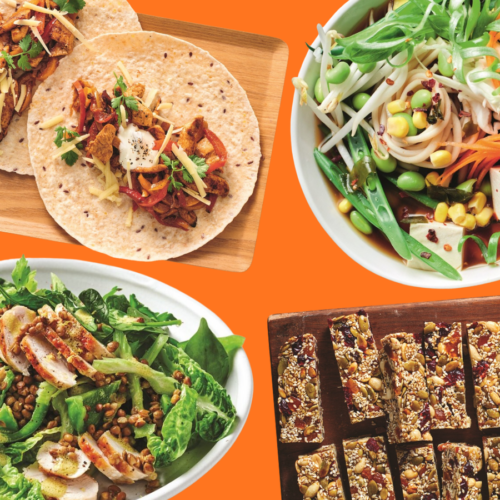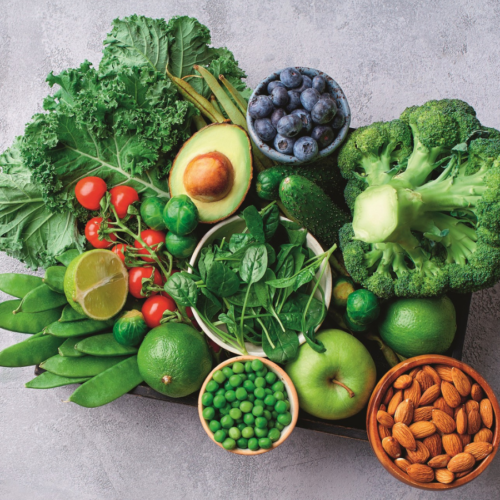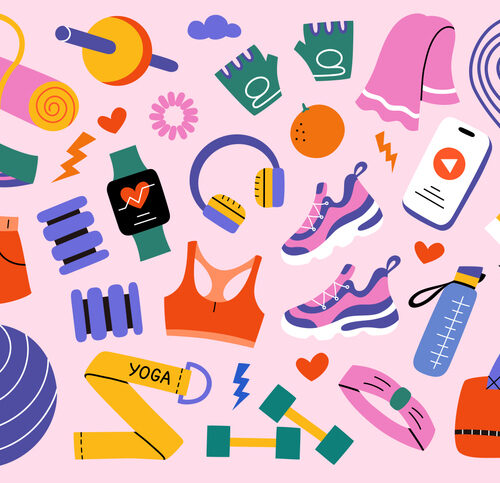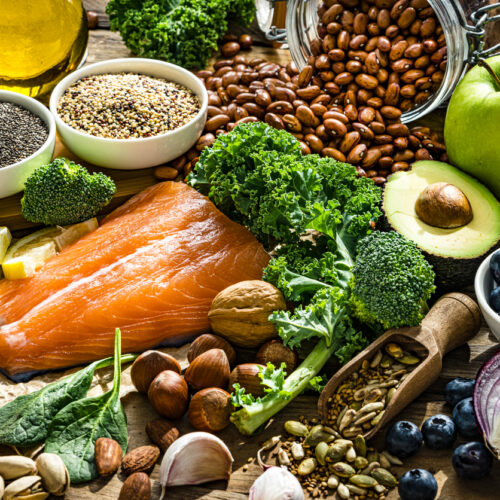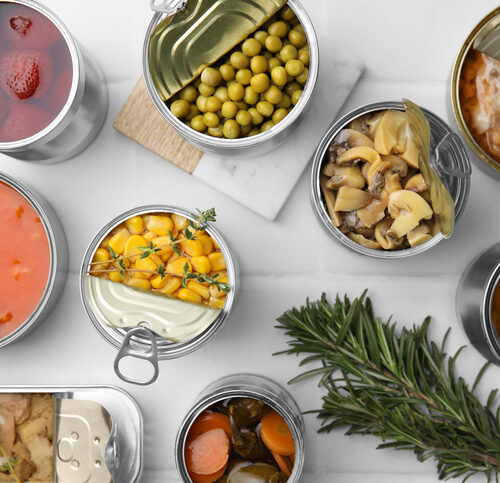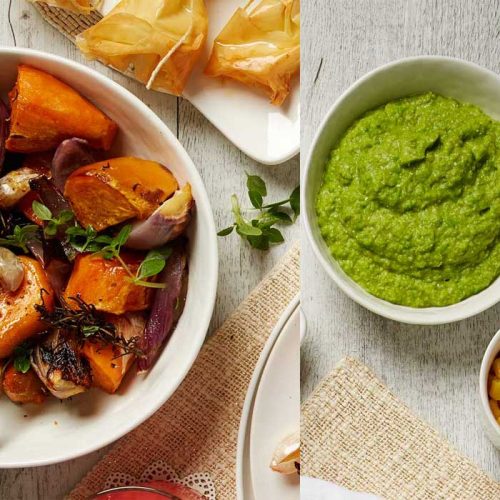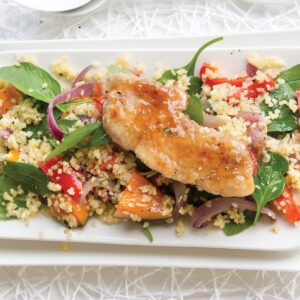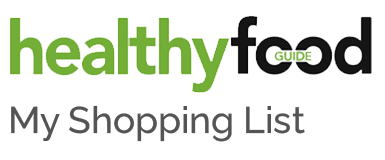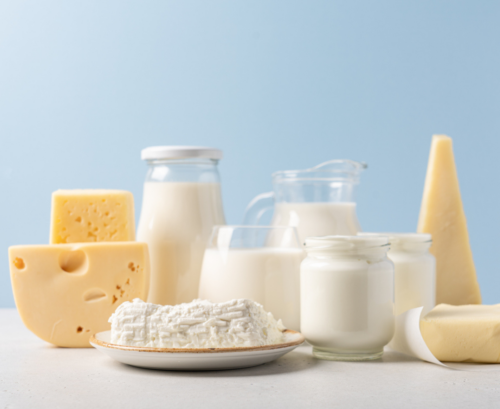
Strong bones play a key role in healthy ageing, yet most of us aren’t consuming enough calcium. Here’s why, and what to do about it.
If you’ve noticed that protein is having a moment right now, you’re not imagining it. As a nutrient that’s recently – and very publicly – been linked to more muscle mass, healthy weight management and controlling hunger, protein-rich versions of everything from pasta to bread, pizza and even ice-cream have hit supermarket shelves. At the same time though, one food group that’s naturally rich in protein has fallen out of favour, with one in six Australian adults now choosing to avoid milk and other dairy foods, many without a medically diagnosed reason. It’s a similar story in New Zealand, where 1.2 million fewer glasses of cow’s milk are now consumed every year.
Why does bone health matter?
Your bones provide structure for your body, protecting your organs and anchoring your muscles, and one of the main reasons for putting bone health firmly on your radar is protection against osteoporosis. To understand osteoporosis, it pays to know about something called ‘remodelling’. In a nutshell, bone is living tissue. It grows in childhood, undergoes a growth spurt during the teenage years, then continues to be constantly rebuilt when we’re adults. This rebuilding occurs because bone contains cells called osteoclasts which break bone down, and others called osteoblasts, which build new bone. Osteoporosis (which means ‘bones with holes’) occurs when bones lose minerals more quickly than the body can replace them. This causes them to become weaker and less dense, so they break more easily.
In Australia, half of all women and a third of men over the age of 60 have osteoporosis, while in New Zealand, at least one in three women and one in five men aged over 50 will experience a fracture due to osteoporosis. So while building strong and healthy bones during childhood and teenage years is crucial, it’s just as important to protect your bone health as an adult too.
What’s so good about calcium for bones?
Calcium combines with other minerals to form hard crystals that give bones their strength and structure – nearly 99 per cent of the body’s calcium is found in the bones. But, aside from bone health, calcium is also required to help the heart, muscles, blood and nerves function properly so, if you’re not consuming enough calcium, your body will take it from your bones instead. If that happens regularly, bone density, or bone strength, gradually slides. As for why we’re eating less dairy, it’s complicated, but Australian research shows that most people who are actively avoiding it are doing so in an attempt to relieve gastrointestinal symptoms like cramps, bloating or wind. And then there’s also the public’s changing perceptions about dairy farming, the shift towards veganism and plant-based eating, and the fact that the variety, quality and taste of plant-based dairy substitutes has improved in recent years. But, whatever the reason, experts have flagged that dairy avoidance could have public health implications.
Are dairy foods the best source of calcium?
They’re not the only source, but in Australia and New Zealand, we do receive most of our calcium from dairy foods – so much so that removing them from the diet can lead to a less-than-adequate intake of the bone-building nutrient. One reason for this is the fact that dairy foods are particularly rich in calcium – for example a 200ml glass of cow’s milk and a 30g serve of cheddar both contain around 240mg of calcium, while 150g of natural yoghurt contains 200mg.
In comparison, a serve of green leafy vegetables contains anywhere from 20 to 90mg of calcium, 30g of almonds contains 75mg and 200g of cooked chickpeas contains 99mg. And then there’s also something called bioavailability, or in other words, how much of a food’s calcium the body can absorb. Roughly 30 per cent of the calcium in a dairy food will be absorbed and used by the body, compared with 20 per cent of an almond’s calcium. And while other plant foods like leafy greens and legumes tend to have a higher bioavailability in theory, sitting at around 50 per cent, they can also contain nutrients like oxalates and phytates that bind to calcium to significantly reduce its absorbability.
What about plant-based milks?
According to the Australian Bureau of Statistics, consumption of milk substitutes, like soy and almond milk, is increasing at the same rate that consumption of cow’s milk is falling. And there’s no shortage of choice these days – in addition to soy and almond milk, you can also buy cashew, rice, oat, coconut, macadamia and even pea milk. Dietitians Australia says that soy milk is the plant-based option that has the closest nutritional profile to cow’s milk. This is based on the fact that, in addition to being a good source of protein, most products are also fortified with calcium these days– and ‘added calcium’ typically has the same bioavailability as naturally present calcium.
However, a recent study agreed that while soy – and many other non-dairy milks – are usually fortified with calcium, noticeable differences remained in comparison to dairy milk, particularly around the protein, zinc and potassium content of the products. Dietitians Australia’s advice is that if you drink any of the plant-based milks, it’s always worth checking that it’s been fortified with calcium. Aim for 100mg of calcium per 100ml serve. And if you follow a vegan diet, choose a plant-based milk that’s also fortified with vitamin B12.
What else is beneficial for bone health?
All that protein everyone’s trying to consume more of these days? Turns out that has a role to play in bone health too, because it provides the structural matrix of bone. As a result, research suggests that consuming plenty of it may help to prevent bone loss. Most people eat enough protein, but older adults are now advised to eat 1-1.2g of protein per kilogram of body weight, per day and ideally, spread out across all the meals in your day.
EXERCISE
When we’re younger, exercise helps to build strong bones, and when we’re older it helps to maintain bone strength and reduce bone loss. The reason? Regular exercise encourages your bones to adapt by building more bone and becoming denser. But not all exercise is equal– the best bone-strengthening activities are ones that are weight bearing, such as jogging and skipping, playing basketball, netball or tennis, stair walking and resistance training.
VITAMIN D
Maintaining adequate levels of this is essential so that the body can absorb calcium from the intestine. While some foods contain small amounts of vitamin D, such as oily fish, egg yolks and some fortified dairy foods, the main source of vitamin D in this part of the world is exposure to ultraviolet radiation from the sun. How much sun exposure you need to keep your vitamin D levels topped up depends on a variety of things, including the season, where you live and your skin tone – and it’s always important to use and wear sun protection if the UV index is 3 or above to reduce your risk of skin cancer. Check out your local Cancer Council or Cancer Society for more information on how to be sun safe.
How much calcium do you need each day?
Children: 500-1000mg per day
Teenagers: 1300mg per day
Adults: 1000mg per day
Women aged over 50: 1300mg per day
Men aged over 70: 1300mg per day
What can negatively affect bone health?
In the same way that certain nutrients and activities can be considered bone builders, other things have the opposite effect, including:
● Smoking and alcohol
Smoking cigarettes or vapes or drinking more than two standard alcoholic drinks a day are all classified as risk factors for osteoporosis.
● Some medications
Long-term use of corticosteroids, anti-seizure medications, medicines used to treat thyroid disease and depression, as well as hormone treatments for breast and prostate cancer may affect bone health.
● Menopause
On average, women lose up to 10 percent of their bone density in the first five years after menopause, due to a lack of oestrogen.
● Some health conditions
Living with a condition that impacts how well your body can absorb nutrients – for example coeliac disease or Crohn’s disease – can bump up the risk of osteoporosis. Rheumatoid arthritis and thyroid disease can also increase the risk of bone loss.
● A family history of osteoporosis
Poor bone health can also be inherited from your family. Consider whether your parents or your siblings have been diagnosed with osteoporosis.
Article sources and references
- American Academy of Orthopaedic Surgeons – OrthoInfo. Exercise and bone health.
- American Academy of Orthopaedic Surgeons – OrthoInfo. Smoking and musculoskeletal health.https://www.orthoinfo.aaos.org
- Animals Australia. Opinion: Data shows major rise in veganism among young people.https://www.animalsaustralia.org
- Better Health Channel. Calcium.
- Better Health Channel. Menopause and osteoporosis.
- Better Health Channel. Osteoporosis.
- Better Health Channel. Osteoporosis and exercise.https://www.betterhealth.vic.gov.au
- CSIRO. 2016. Dairy avoidance reaches dangerous levels, especially for women.
- CSIRO. 2018. Is breakfast protein the secret to weight loss?
- CSIRO. 2024. Australians eat enough protein so why do we need more of it? https://www.csiro.au
- Dietitians Australia. Plant-based milks. https://www.dietitiansaustralia.org.au
- Harvard University – The Nutrition Source. Calcium. https://www.hsph.harvard.edu
- HealthDirect. Vitamin D and your health. https://www.healthdirect.gov.au
- Healthy Bones Australia. About bones.
- Healthy Bones Australia. Calcium & Bone Health.
- Healthy Bones Australia. Calcium content of common foods.
- Healthy Bones Australia. Exercise & Bone Health.
- Healthy Bones Australia. Osteoporosis risk factors.
- Healthy Bones Australia. Vitamin D & Bone Health. https://www.healthybonesaustralia.org.au
- Mayo Clinic. Bone health: tips to keep your bones healthy. https://www.mayoclinic.org
- RACGP. Calcium, protein and vitamin D. https://www.racgp.org.au
- Ramsing R et al. 2023. Dairy and plant-based milks: implications for nutrition and planetary health. Curr Environ Health Rep. 10(3):291-302.
- SMH. One thing about our protein eating habits we’re getting all wrong. https://www.smh.com.au
- The Conversation. NZ’s dairy industry faces an uncertain future – its fate now lies in its ability to adapt. https://www.theconversation.com
- The Press. Glass half empty? Why Kiwis are drinking less milk. https://www.thepress.co.nz
- UNSW. 2022. Why plant-based ‘milks’ are rising to the top. https://www.unsw.edu.au
www.healthyfood.com


